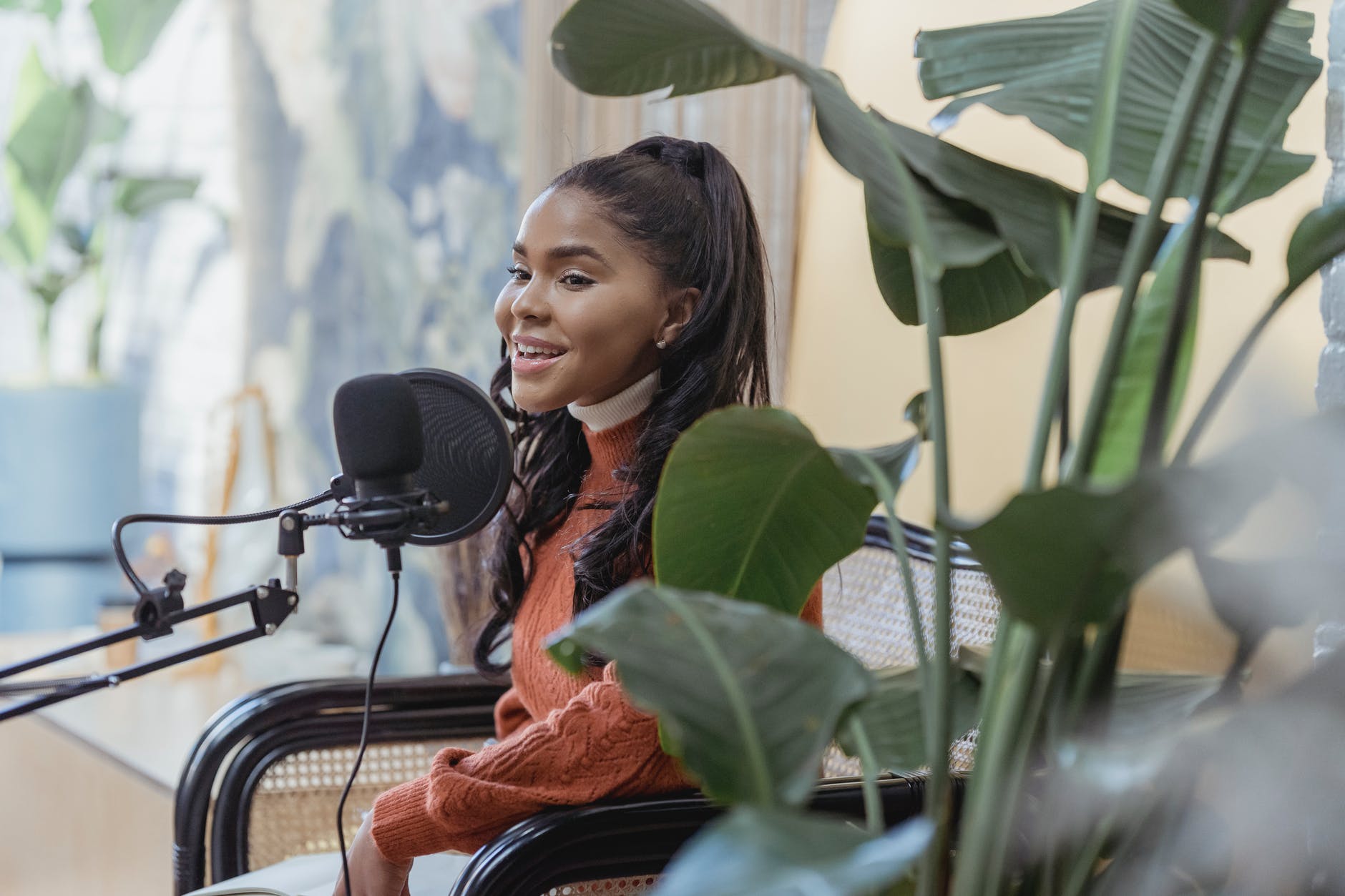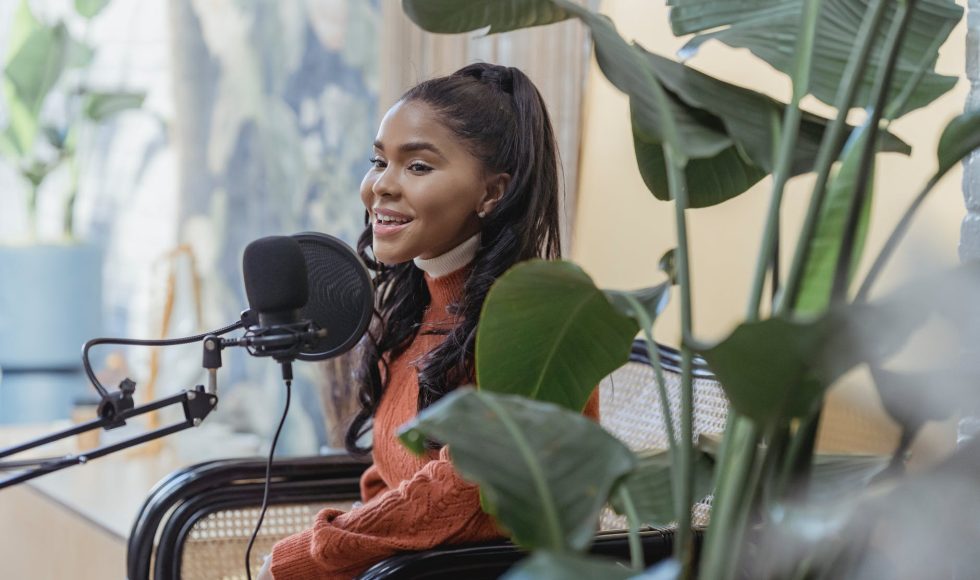Dr. Marilyn Moore from National University in California serves as a chair of a student success program. Moore presented at the 2021 Lilly Conference online a recorded presentation entitled: “Supporting and Promoting Student Success in Higher Education.” Moore asked: “what do you want your students to achieve in social-emotional competencies? Moore uses a CASEL system that emphasizes self-awareness, self-management, social-awareness, relationship skills, and responsible decision making. Moore also discussed mindfulness and how it can be used to provide stress management skills, help navigate emotional challenges, compassion, and mindful listening. Social and Emotional Learning (SEL) strategies include mindfulness and strategies that include: patience, letting go, slowing down, relaxation, breathing techniques, and guided imagery. Moore listed experiences that provide students with better opportunities to learn. Strategies listed included timely feedback, the use of rubrics for grading, Universal Design for Learning (UDL), lessons that support SEL integration, lessons and courses that are of career interest, and financial support. Additional experiences listed by Moore to be useful for academic success were the writing center, online library resources, open educational resources (OER), student success committees at different institutional levels, advising students for success, and awards/badges/certificates for students.
Moore also shared “Moore-isms” for effective online teaching. One that caught my attention was scheduled lecture watching: Moore does a chat session each week and provide full lecture schedule in advance to help students schedule. Moore sends a welcome letter 1-2 weeks ahead of class start and schedules individual or group meetings during the first week of class. I want to try this! Moore also has a book that is about “Designing successful Tutoring Sessions” that sounds intriguing. This session gave me some ideas for social and emotional learning (SEL) strategies and reminded me that I have to write and record an introduction video soon!
The next session I watched tonight happened to be on a topic that is related to videos: audio and course-casting. I am very interested in using podcasting in ways that tie to in-class or online learning experiences. Phil Gibson has inspired me with the BioTA podcast. Jeff Walter from West Coast University Texas presented on “The Audacity of Edutainment: Course-casting Engagement for Learners.” This twenty-minute recorded session was clearly carefully edited. There were nice careful transitions, and Walter’s video feed appeared on different slides. Besser, Blackwell, and Saenz 2021 was a resource cited by Walter as well as Makina 2020. Walter uses short engaging podcast announcements to help learners navigate the course learning management system. Walter starts by writing a script, then includes auxiliary sounds, and finally includes music. Walter did an Audacity demo that was carefully edited. After recording an audio track and splitting it into two to include some time buffer, Walter normalized the audio. The second effect was to change the pitch. The last step performed by Walter was to apply another normalization filter to level out all the adaptations. After finding appropriate music, Walter copied it and selected the part of the music track to keep. This was the opening/intro or stinger music explained Walter. The sound levels were adjusted to fade out and in for the intro and outro music or bumper. The edited clips were exported as mp3s and combined with sound effects and the vocal track. Walter shared the audio announcement with the goal of “drawing the learner into the LMS.” This is one of ten announcements (presumably one every week or module?). Walter used the podcast announcements for three consecutive terms in a course with 150 students and announcement access rate increased from 75 to 95% with a time to open rate decrease from two days to 48 hrs! How cool! I wonder how I can do this for the online course we are developing!



